|
|
|
|
|
|
|
News & Views item - October 2009 |
![]() 2009 Nobel Prize for Physics Awarded to Charles Kao, Willard Boyle and George
Smith. (October 6, 2009)
2009 Nobel Prize for Physics Awarded to Charles Kao, Willard Boyle and George
Smith. (October 6, 2009)
The Royal Swedish Academy of Sciences has decided to award the Nobel Prize in Physics for 2009 with one half to Charles K. Kao "for groundbreaking achievements concerning the transmission of light in fibers for optical communication" and the other half jointly to Willard S. Boyle and George E. Smith "for the invention of an imaging semiconductor circuit – the CCD sensor", i.e. the first electronic chip that could capture an image.
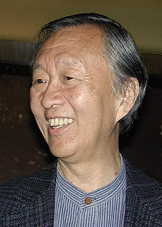 Charles
K. Kao, British and US citizen. Born 1933 in Shanghai,
China. Ph.D. in Electrical Engineering 1965 from Imperial College
London, UK. Director of Engineering at Standard Telecommunication
Laboratories, Harlow, UK. Vice-chancellor, Chinese University of Hong
Kong. Retired 1996. Charles
K. Kao, British and US citizen. Born 1933 in Shanghai,
China. Ph.D. in Electrical Engineering 1965 from Imperial College
London, UK. Director of Engineering at Standard Telecommunication
Laboratories, Harlow, UK. Vice-chancellor, Chinese University of Hong
Kong. Retired 1996. |
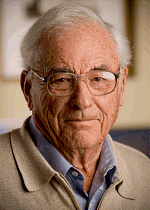 Willard
S. Boyle, Canadian and US citizen. Born 1924 in Amherst,
NS, Canada. Ph.D. in Physics 1950 from McGill University, QC, Canada.
Executive Director of Communication Sciences Division, Bell
Laboratories, Murray Hill, NJ, USA. Retired 1979. Willard
S. Boyle, Canadian and US citizen. Born 1924 in Amherst,
NS, Canada. Ph.D. in Physics 1950 from McGill University, QC, Canada.
Executive Director of Communication Sciences Division, Bell
Laboratories, Murray Hill, NJ, USA. Retired 1979. |
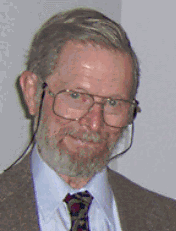 George
E. Smith, US citizen. Born 1930 in White Plains, NY, USA.
Ph.D. in Physics 1959 from University of Chicago, IL, USA. Head of VLSI
Device Department, Bell Laboratories, Murray Hill, NJ, USA. Retired
1986. George
E. Smith, US citizen. Born 1930 in White Plains, NY, USA.
Ph.D. in Physics 1959 from University of Chicago, IL, USA. Head of VLSI
Device Department, Bell Laboratories, Murray Hill, NJ, USA. Retired
1986. |
The Royal Swedish Academy of Sciences in explaining its decision said in part:
This year's Nobel Prize in Physics is awarded for two scientific achievements that have helped to shape the foundations of today’s networked societies. They have created many practical innovations for everyday life and provided new tools for scientific exploration. In 1966, Charles K. Kao made a discovery that led to a breakthrough in fiber optics. He carefully calculated how to transmit light over long distances via optical glass fibers. With a fiber of purest glass it would be possible to transmit light signals over 100 kilometers, compared to only 20 meters for the fibers available in the 1960s. Kao's enthusiasm inspired other researchers to share his vision of the future potential of fiber optics. The first ultrapure fiber was successfully fabricated just four years later, in 1970.
A large share of the traffic is made up of digital images, which constitute the second part of the award. In 1969 Willard S. Boyle and George E. Smith invented the first successful imaging technology using a digital sensor, a CCD (Charge-Coupled Device). The CCD technology makes use of the photoelectric effect, as theorized by Albert Einstein and for which he was awarded the 1921 year's Nobel Prize. By this effect, light is transformed into electric signals. The challenge when designing an image sensor was to gather and read out the signals in a large number of image points, pixels, in a short time.
The CCD is the digital camera's electronic eye. It revolutionized photography, as light could now be captured electronically instead of on film. [It] has provided new possibilities to visualize the previously unseen, e.g. imaging the inside of the human body, both for diagnostics and for microsurgery. It has given us crystal clear images of distant places in our universe as well as the depths of the oceans.
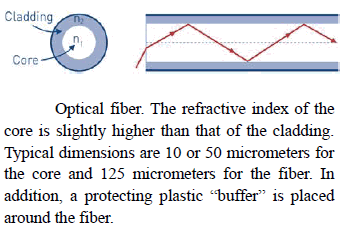 |
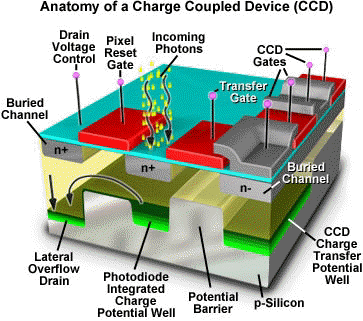 |